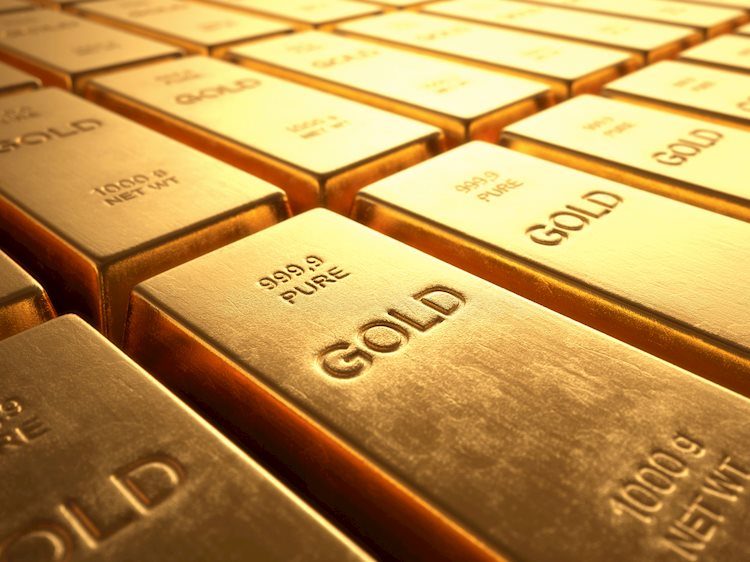Despite some normal fluctuations in gold prices this week, bulls “have little or no cause to fear” as long as the metal continues to fashion upwards, stated online brokerage organization ThinkMarkets.
The yellow steel noticed declines on Tuesday amid superb U.S. Macro data. The August Comex gold futures last traded at $1,411.20, down zero. Sixteen on the day following information that U.S. Retail income rose to zero.4 % in June.
“Some stronger U.S. Economic records gave the financial policy doves a few pauses on their notions of numerous hobby rate cuts in the coming months,” stated Kitco’s senior technical analyst Jim Wyckoff.
Likewise weighing on gold this week, Chinese monetary facts noted ThinkMarket’s leading marketplace analyst, Naeem Aslam.
“The People Bank of China has been providing its full support for the economic system, saving the day for China … The manufacturing facility output and retail sales numbers have beaten estimates, which has delivered a few dangers on appetite amongst buyers,” Aslam wrote on Monday.
Yet, gold bulls ought not to be melancholy, in step with ThinkMarkets.
“The charge continues to look stable,” Aslam wrote on Tuesday. “The price trades above the 50-day, a hundred-day, and two hundred-day moving averages. This confirms that the price is trading in an uptrend, and so long as the fee remains above this, bulls have the minimal purpose to fear about something.”The treasured steel is still trading close to six-12 months highs on dovish Federal Reserve expectancies, which will not change drastically in the close to-term.
“The Fed is under pressure to reduce the interest fee this 12 months to support inflation, which means a weaker dollar,” Aslam stated. “Geopolitical tensions are nevertheless excessive. France, Germany, and the United Kingdom have expanded pressure on Iran to act responsively concerning its dedication (made lower back in 2015 approximately the global nuclear settlement).”

The (il)common sense keeps… “Since gold would not pay hobby or dividends, it struggles to compete with other investments that do.” In essence, higher hobby charges cause lower gold expenses. And inversely, lower hobby charges correlate to higher gold fees.
The above statement, or some variation, shows up day by day (almost) in the economic press. This consists of reputable courses, just like the Wall Street Journal. Since the USA election’s ultimate November, it has seemed in a few contexts or other multiple times.
The declaration – and any variant suggesting a correlation between gold and interest prices – is fake. There isn’t any correlation (inversely or otherwise) between gold and hobby rates.
We understand that if hobby rates are rising, then bond expenses are declining. So, any other manner of announcing that gold will go through as hobby prices rise is that as bond expenses decrease, so will gold. In different phrases, gold and bond prices are correlated; gold and hobby charges are inversely related.
Except that all during the 1970s – when interest charges had been rising swiftly, and bond prices had been declining – gold went from $42 in keeping with an ounce to $850 in keeping with an ounce in 1980. This is exactly the other of what we’d assume is in line with the correlation theory noted earlier and written approximately often by using folks who are purported to realize.
During 2000-eleven, gold expanded from $260 per ounce to a high of $1900 per ounce while hobby quotes declined from historically low to even decreased degrees.
Two decades of considerably better gold charges contradict each other while considered in line with the interest fee correlation concept.
The conflicts are preserved while we see what happened after gold peaked in every case. Interest prices continued upward for several years after gold peaked in 1980. Interest prices have endured their long-term decline and have even breached poor integers recently, six years after gold peaked in 2011.






